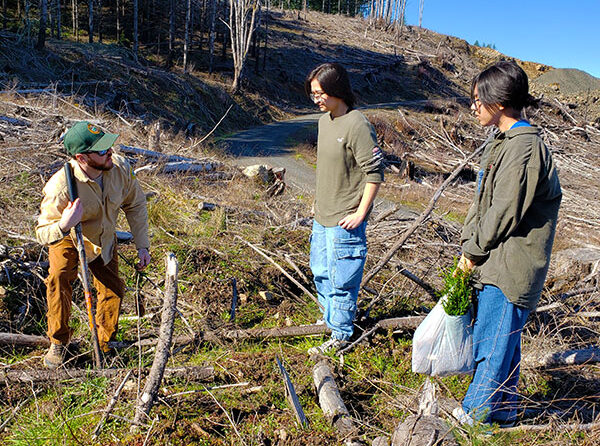Reporter for The Canyon Weekly
The wildfire risk maps that the state is developing to assist in fire prevention have been delayed once again.
The maps were mandated by Senate Bill 762, the 2021 legislation that was designed to serve as a comprehensive wildfire preparedness and resiliency bill amid the fires that have plagued the state, including the Labor Day 2020 blazes that affected huge swathes of the Santiam Canyon.
The maps, developed by the Oregon State University’s College of Forestry, were first released last June, but they were pulled shortly thereafter amid criticism by residents and legislators. Concerns were raised about the accuracy of the maps, where the process that resulted in their production was fair and possible insurance challenges for property owners.
The goal of the program was to establish a wildfire risk for each property in the state, with those properties in the wildland-urban interface (WUI) in the high or extreme risk categories being required to fire harden buildings and establish defensible space by removing vegetation.
Last summer, when the maps were recalled, a new deadline of March 2023 was established for reissuing them, with an advisory council tasked with working on refinements.
But Oregon’s state forester, Cal Mukumoto, announced Wednesday, Jan. 25, that the March deadline will not be met and that state forest officials were in a wait-and-see mode with regard to future actions by the Legislature and other policy-makers.
“As we’ve been working with Oregon State University on technical adjustments to the map and planning for community outreach and engagement,” Mukumoto said, “we’ve also been keeping a close eye on the policy conversations happening in different venues.
“There were some great recommendations that came out of the wildfire programs advisory council’s first annual report and opportunities identified by wildfire programs director Doug Grafe related to the map that I hope the Legislature gets the opportunity to explore during this session,” Mukumoto added.
Several bills also have been proposed for the 2023 session that would implement a variety of changes, ranging from which areas are assigned a risk classification to abolishing the map entirely.
“We want to avoid expending resources on work that may not align with new direction that may come from the Legislature this session,” said Mukumoto, who added that the uncertainty prevented his office from establishing a new deadline for the release of the maps.
State Sen. Jeff Golden, a Democrat from Ashland, was the chief sponsor of SB 762. His Southern Oregon district was badly damaged in 2020.
“Our goal this session is to get resources and expertise to Oregonians already doing good work on the ground to protect their properties and neighborhoods,” said Golden, who chairs the Senate Committee on Natural Resources. “It’s important to get that done and to do all we can to ease the homeowner insurance challenges that the era of megafires has brought us before moving forward with any map.”
State officials also agreed that more work was needed on public engagement.
“We need an integrated, coordinated and robust communications and outreach effort across all Senate Bill 762 programs to help property owners understand what their classification means, how they can better protect their homes and what resources are available to help them with that work,” said Mark Bennett, chair of the advisory council.




